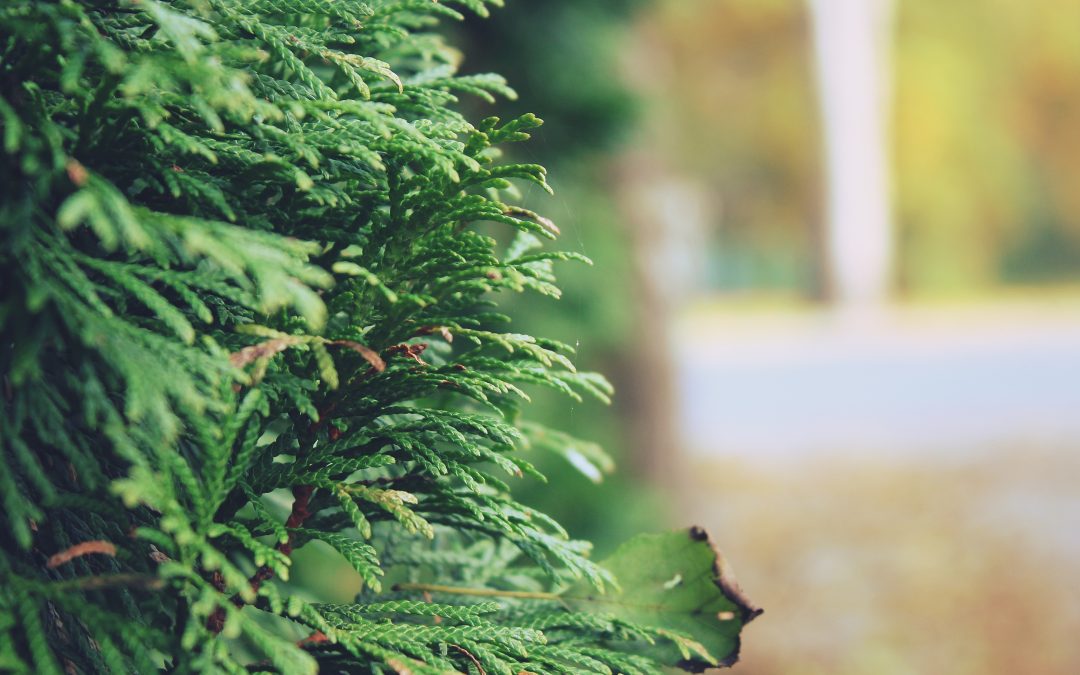By ROBERTA CANNON
Trees can take a real beating during the winter months. Their majestic appearance can give a false sense of security, making us think they can endure almost anything including the wind, salt air, and snow. For them to survive the elements and remain healthy, though, there are some precautions homeowners can take to protect them and minimize damage.
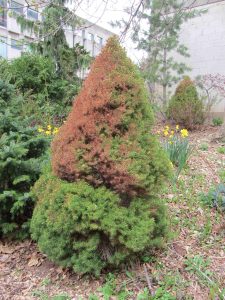 I asked David Salter, tree division manager and Massachusetts certified arborist of Hamilton Tree and Landscape in Falmouth, about the damage that can happen to our trees and shrubs and the steps we can take to protect them.
I asked David Salter, tree division manager and Massachusetts certified arborist of Hamilton Tree and Landscape in Falmouth, about the damage that can happen to our trees and shrubs and the steps we can take to protect them.
Which trees and shrubs need to be protected from the cold weather, wind and snow?
Cold weather will adversely affect many tree species planted outside of their temperate zone and in some cases new transplants and plantings. Trees in areas of heavy wind exposure may, annually, need winter protection.
Evergreen trees with heavy canopies may need to be evaluated and pruned to reduce the risk of winter failure due to heavy snow and wind.
Broad leaf evergreens are highly susceptible to winter winds and heavy snows.
What causes trees to appear burned and brown after the winter?
Much of the damage on the evergreens can be referred to as scorch, desiccation [dried out] or winter burn. This is attributed to many factors but, typically, it can be the placement of the tree or shrub on landscape and in many cases exposure to our ocean winds. Other factors that can attribute to the brown look can be salt from the ocean and, in many cases, road salt if a tree or shrub is too close to the road.
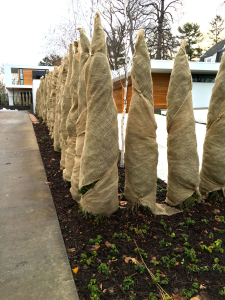 What do you recommend covering the trees and shrubs with to protect them?
What do you recommend covering the trees and shrubs with to protect them?
Burlap is an effective means of protecting a tree or shrub against winter wind.
Are there steps to take for new tree and shrub plantings?
Staking trees (if needed), wrapping with burlap, and applying anti-desiccants are all effective tools in protecting trees and shrubs against the winter. Maintaining proper plant health with adequate watering and fertilization going into the winter season will greatly increase a tree and shrub’s success for the following growing season.
The Cape Cod Cooperative Extension and UMass Extension Landscape, Nursery & Urban Forestry Program offer additional in-depth information about getting your trees and shrubs ready for winter along with other tips on pruning, repairing injury, and much more.
One of the many topics includes the kinds of trees and shrubs susceptible to desiccation and how they can be protected from injury.
“Desiccation injury may occur when water is transpired or “lost” through plant tissue more quickly than it can be absorbed through the roots,” according to UMass Extension Landscape, Nursery & Urban Forestry.
The program cites the following trees and plants as being the most susceptible to desiccation and therefore good candidates for being sprayed with anti-desiccant:
Broadleaf evergreens such as as azalea, boxwood, holly and rhododendron;
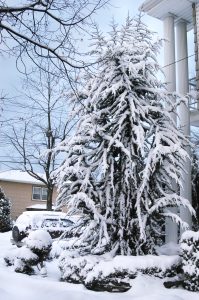
Conifers such as arborvitae, cedar, cypress, juniper and pine;
Shrubs and plants with tender stems such as rose canes and hydrangea stems.
The UMass extension program also extends a word of caution when using anti-dessicants in regard to timing and effectiveness:
Always read label instructions carefully.
Pick an appropriate time to spray: they are best applied between 40 to 50 degrees Fahrenheit, and no rainfall in the immediate forecast because the foliage needs to be dry when it is applied and have time to dry after application.
Don’t spray too early: Spray conifers in December when they are completely dormant (involves moving water down to the roots), otherwise the spray will trap the water in the leaves, which will freeze and cause cells to rupture.
Spray thoroughly: Plants lose water from the topside and underside of the leaves, so make sure to spray the entire plant.
Caution: don’t spray waxy, blue conifers; they already have their own natural coating.
Another way to protect trees and shrubs is using burlap, just as Mr. Salter recommended.
The UMass extension suggests attaching the burlap to three stakes in a “V” shape with the tree or shrub sitting in the middle. The bottom of the “V” stands facing the direction of wind exposure. Make sure to leave room between the plant and the burlap to prevent rubbing.
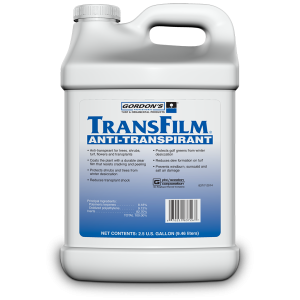 While you may do everything you can to protect your trees and shrubs, the unpredictability of New England winters can still cause injury and damage.
While you may do everything you can to protect your trees and shrubs, the unpredictability of New England winters can still cause injury and damage.
The following are some tips from the Arbor Day Foundation for storm recovery and assessment of damage:
Don’t panic: if a tree is not a hazard, continue to care for it and you can wait a few weeks or months to make a decision about the fate of the tree.
If a tree requires immediate attention, hire an arborist: they are especially important if the tree is leaning against wires, structures or other trees, if utility wires or structures are endangered or if a chain saw is required.
Assess the tree’s likelihood of survival: A tree with less than half of its branches may not be able to produce foliage to remain nourished in upcoming seasons.
Watch out for scam artists: It’s common after a storm for people claiming to be tree specialists to show up offering their services.
Follow best practices: If you decide to take care of a damaged tree yourself, make sure to follow proper safety precautions and best practices (listed on the Arbor Day Foundation website).
Taking care of your trees and shrubs before the cold weather and snow hit will be gratifying when you can watch all those evergreens and green leaves come alive in the spring. They will be a welcome sign that warmer weather and summer are on the way.

